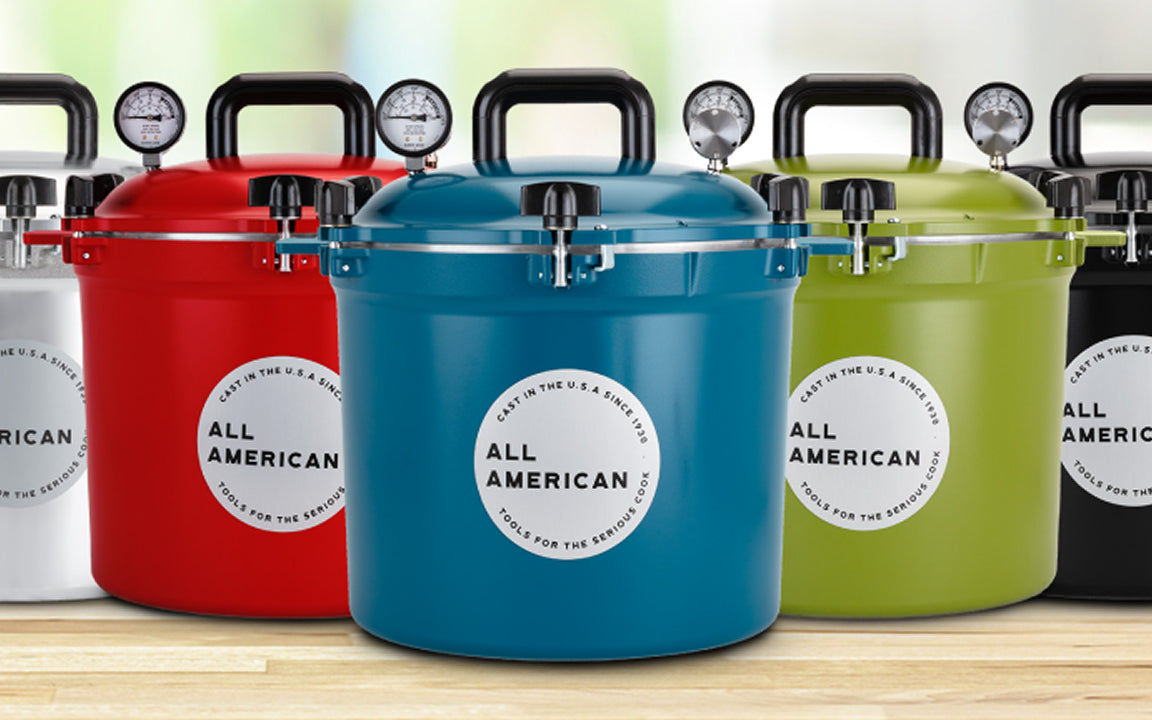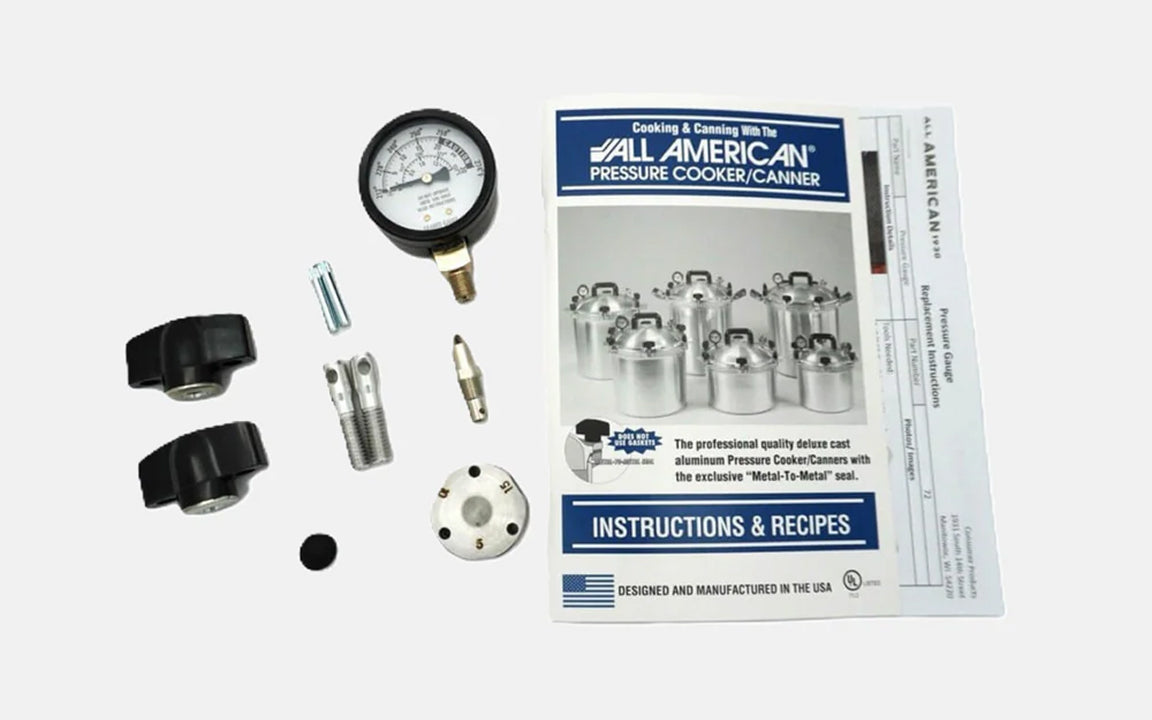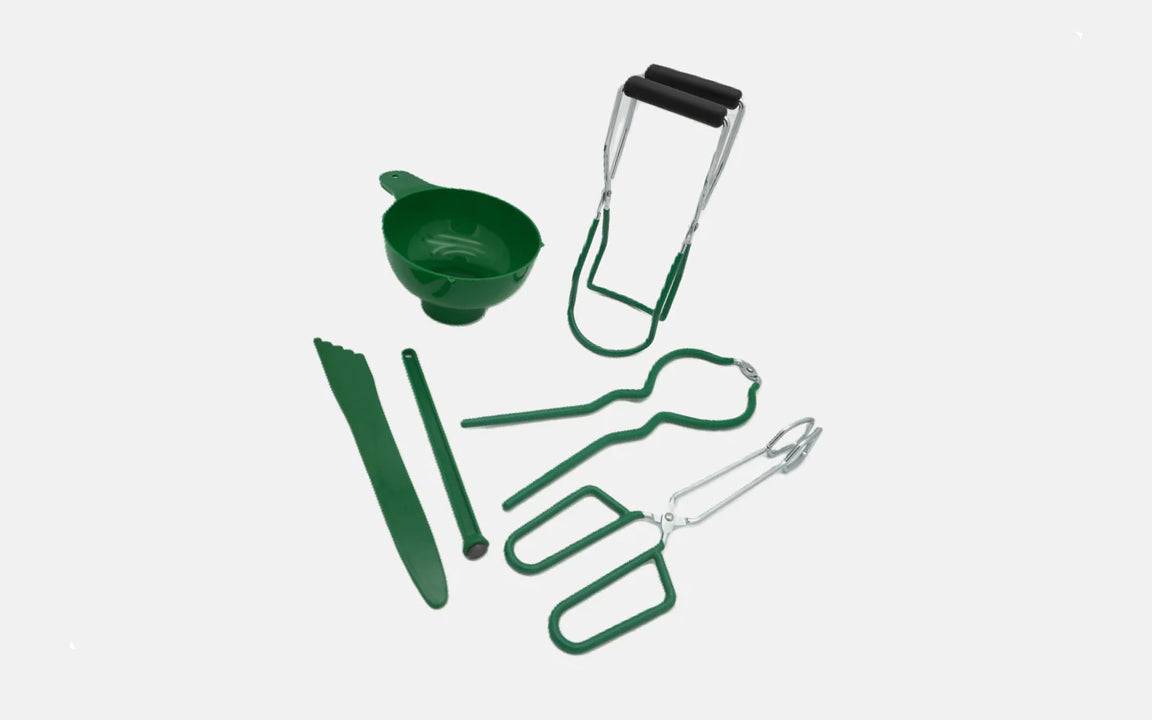Canning Tools & Techniques
Refine your process with expert guidance, troubleshooting tips, and recommended tools.
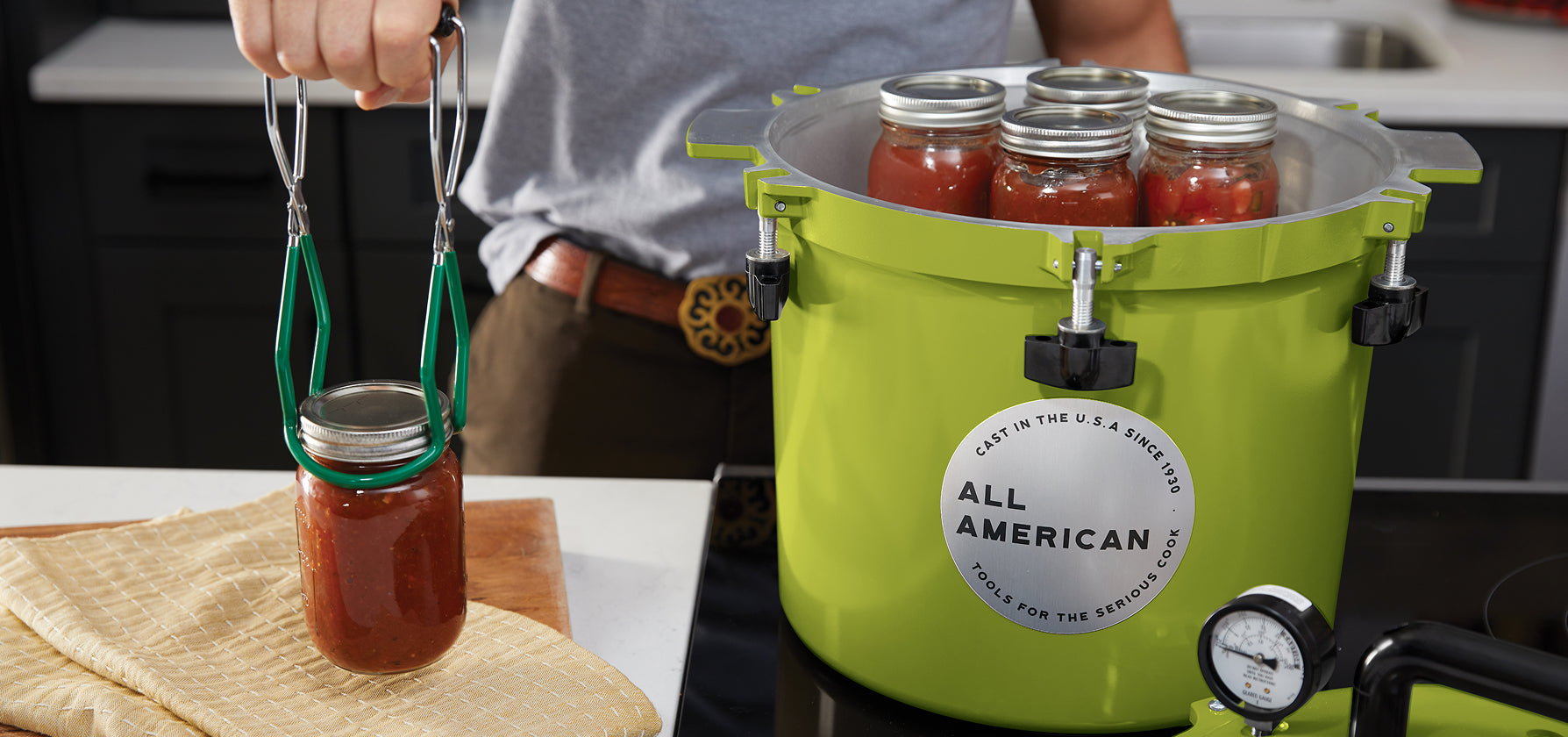
How-To Guides & Tutorials
Step-by-step help for every stage of the canning process.
How-To Guides & Tutorials
Step-by-step help for every part of the process.
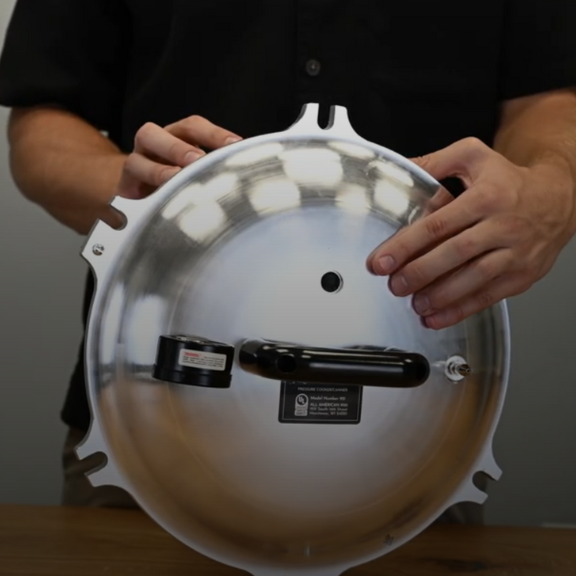
Replacing the Overpressure Plug
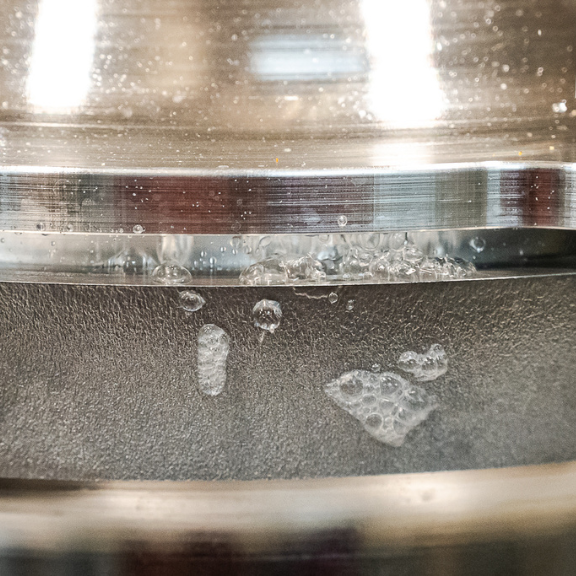
Lid Leaking: When It's Okay
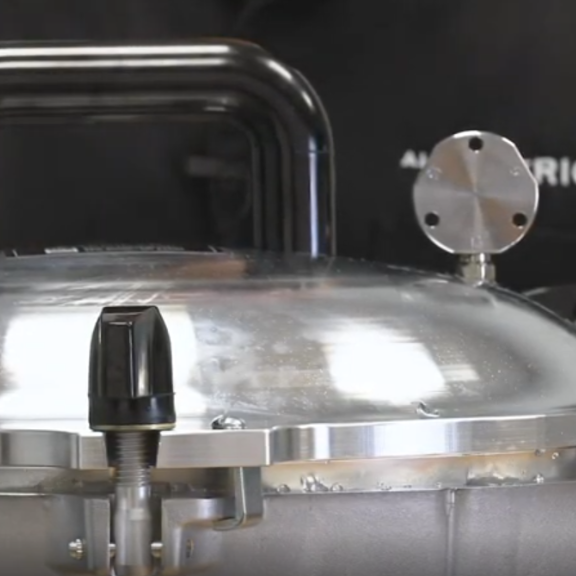
Lid Leaking: When It's NOT Okay
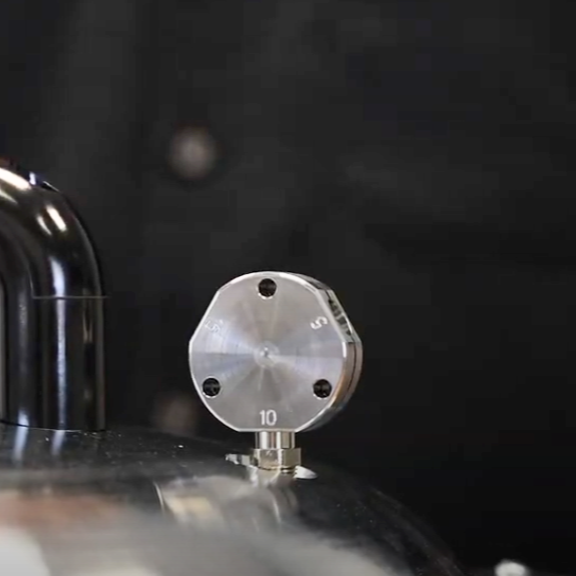
Replacing the Pressure Regulator Weight & Adjusting for Altitude
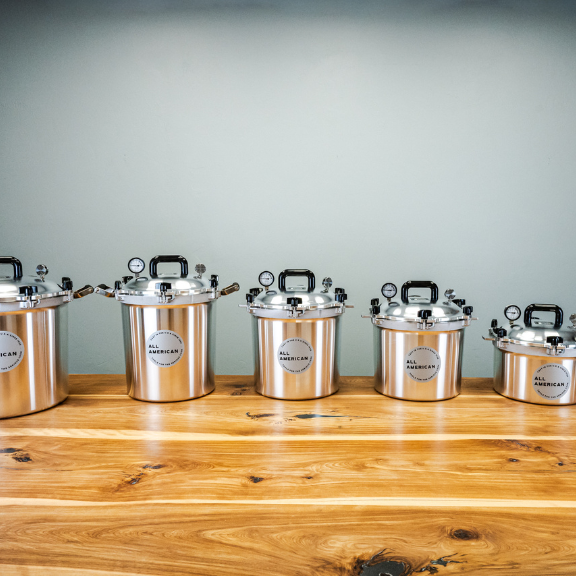
Choosing a Pressure Canner
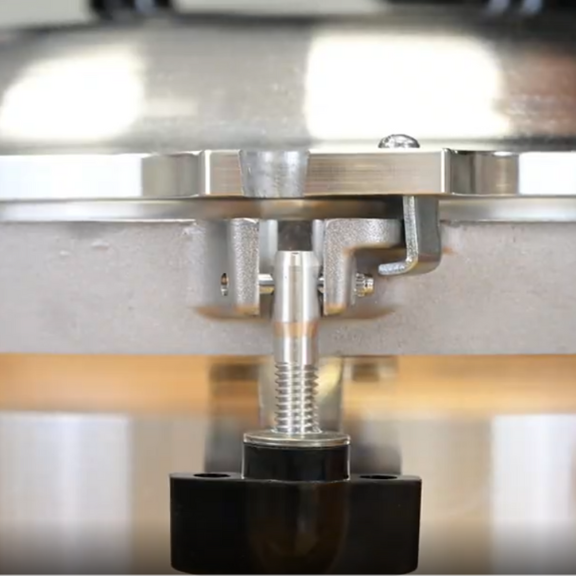
Safety Features: Wing Nuts, Pins & Bayonet Clamps
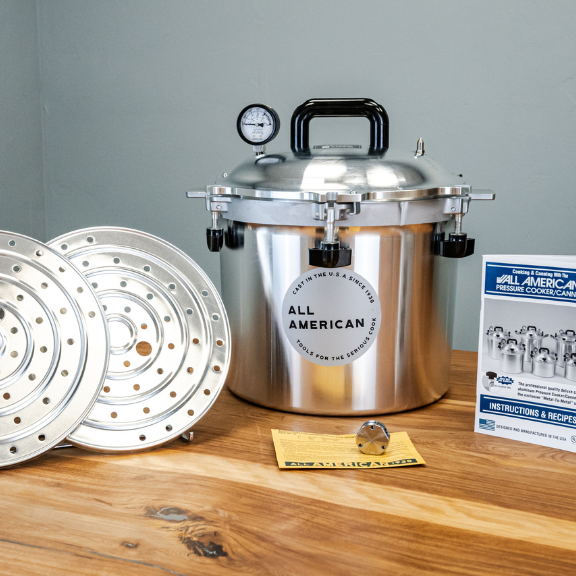
First Time Use
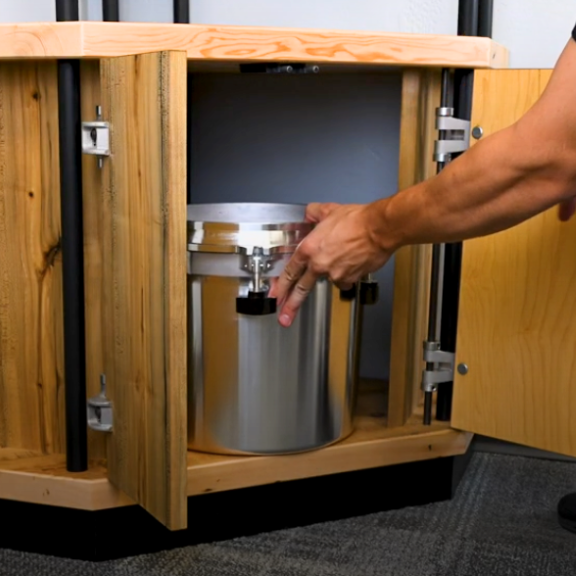
Storage Best Practices
Troubleshooting & FAQs
Solve common canning issues.
Small amounts of water or steam leaking from the lid are normal, especially when your canner is new. This usually stops after a few uses as the lid settles in. As long as your pressure canner is maintaining the correct pressure, a little leakage is not a problem.
If the lid is leaking excessive amounts of steam or water:
- Make sure the lid is properly aligned and evenly tightened.
- Check the sealing surface for food particles or debris.
- Inspect the lid and canner rim for any dents, warping, or unevenness.
- Verify that the vent pipe and pressure regulator are clean and unobstructed.
Losing liquid from jars (called siphoning) is fairly common and usually caused by pressure or temperature fluctuations. Here are the most common reasons:
- Rapid pressure changes: Allow the canner to cool and depressurize naturally. Forcing it open early or removing the weight too soon can cause liquid loss.
- Incorrect headspace: Leaving too little or too much headspace in jars can cause liquid to escape. Follow tested recipes carefully.
- Inconsistent pressure: Keep the pressure steady during processing. If the gauge dips below the recommended level, extend processing time.
Cooling jars too quickly: Avoid drafts on cooling jars and don’t retighten bands after canning.
- Too little: The canner may not be reaching or maintaining the required pressure. Check for leaks, confirm the correct heat setting, and ensure the regulator is properly seated on the vent pipe.
- Too much: This usually means the heat is too high and pressure is building excessively. Reduce the stove’s heat setting until the regulator jiggles at the steady, recommended rate.
A steady, rhythmic jiggle 1-4 times per minute indicates that your canner is maintaining the proper pressure. Always follow the instructions for your specific canner model regarding regulator movement.
Our pressure canners require 2–3 inches of water in the bottom before adding jars. This is enough to create the steam necessary for building pressure without submerging the jars.
Always refer to your pressure canner’s instruction manual, as the required water amount may vary slightly by model and size.
- Pressure Canning: Required for low-acid foods (pH above 4.6) such as vegetables, meats, poultry, seafood, beans, and soups. These foods must be processed under pressure to destroy Clostridium botulinum spores, which can survive boiling water temperatures.
- Water Bath Canning: Safe only for high-acid foods (pH 4.6 or below), such as fruits, jams, jellies, pickles, salsa (tested recipes only), and tomatoes with added acid (lemon juice or citric acid).
Using the correct method is essential for food safety. Never attempt to water bath can low-acid foods.
At minimum, you’ll need:
- Pressure Canner.
- Glass Jars with lids and rings.
- A jar lifter to safely move hot jars.
- A funnel to fill jars without spills.
- A bubble remover/headspace tool to remove trapped air and measure headspace.
- A clean towel for wiping jar rims before sealing.
Optional but helpful: magnetic lid lifter, ladle, and extra racks for stacking jars.
Safety & Maintenance
Keep your pressure canner in top shape.
Inspection Checklist
Inspect your canner for safety and peak performance.
Cleaning & Maintenance
Keep your canner clean, safe, and ready to use.
Using Your Pressure Canner for the First Time
Step-by-step instructions for safe first-time use.
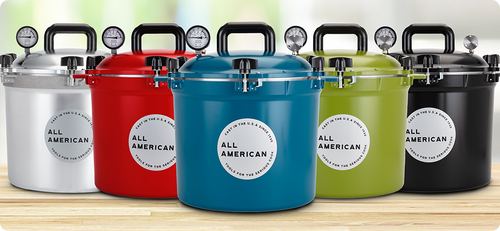
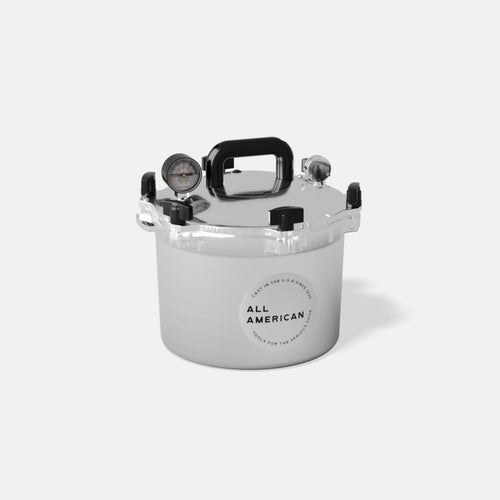 >
>
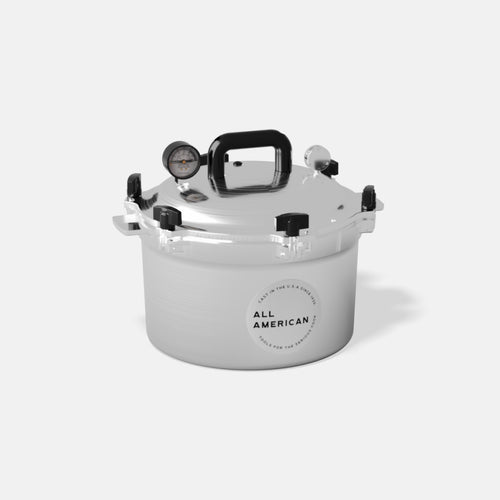 >
>
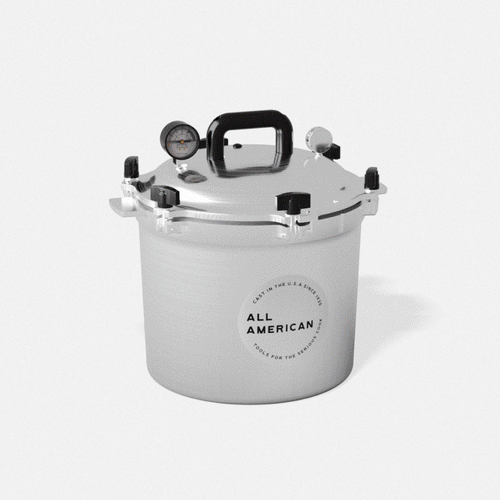 >
>
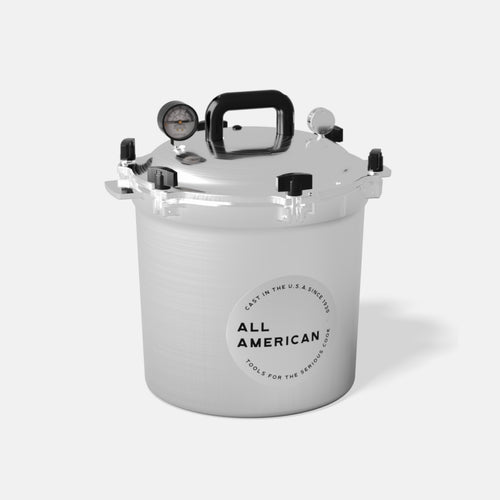 >
>
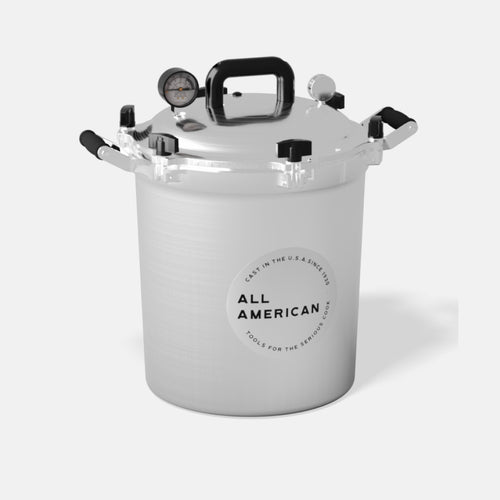 >
>
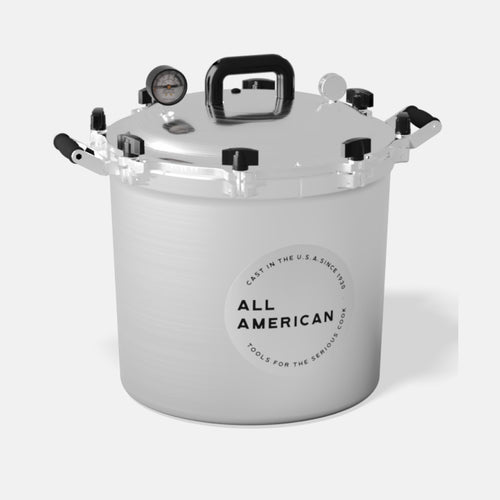 >
>
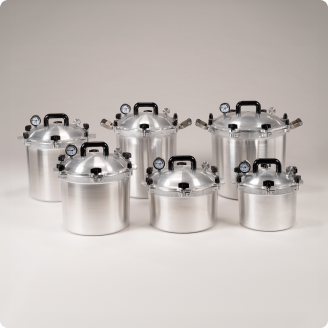
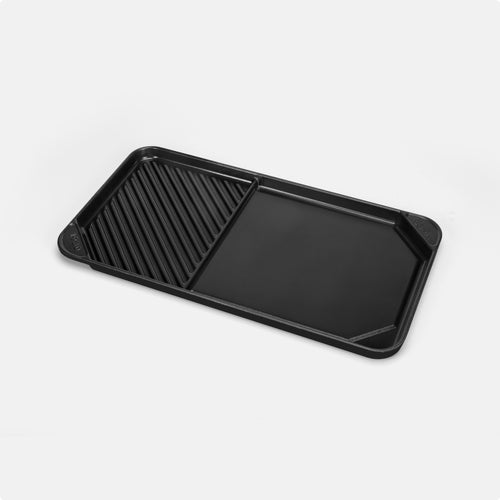
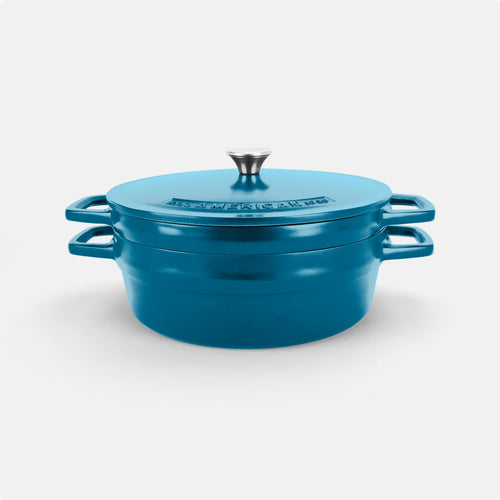
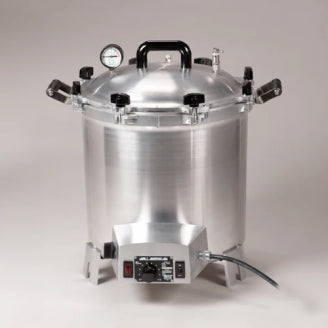
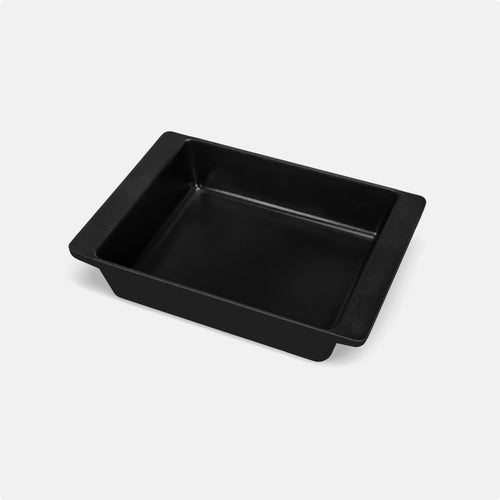 >
>
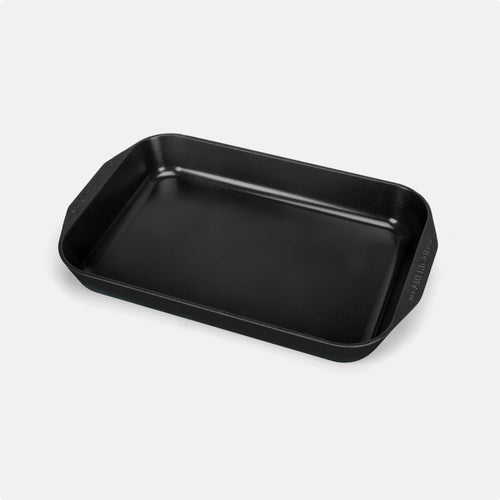 >
>
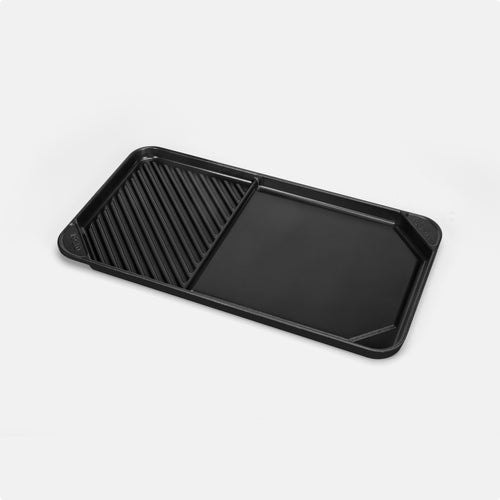 >
>
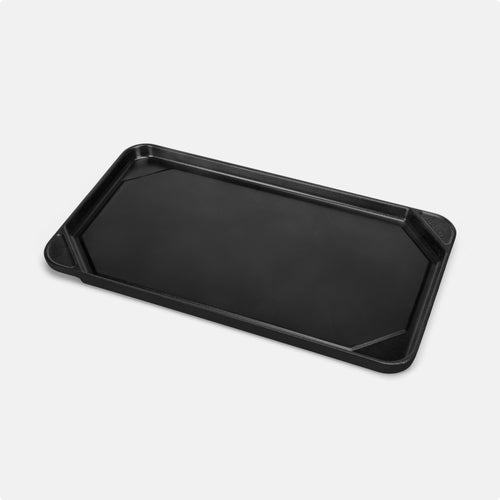 >
>
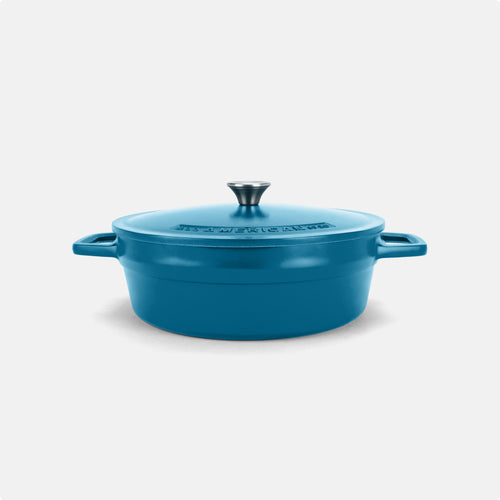 >
>
